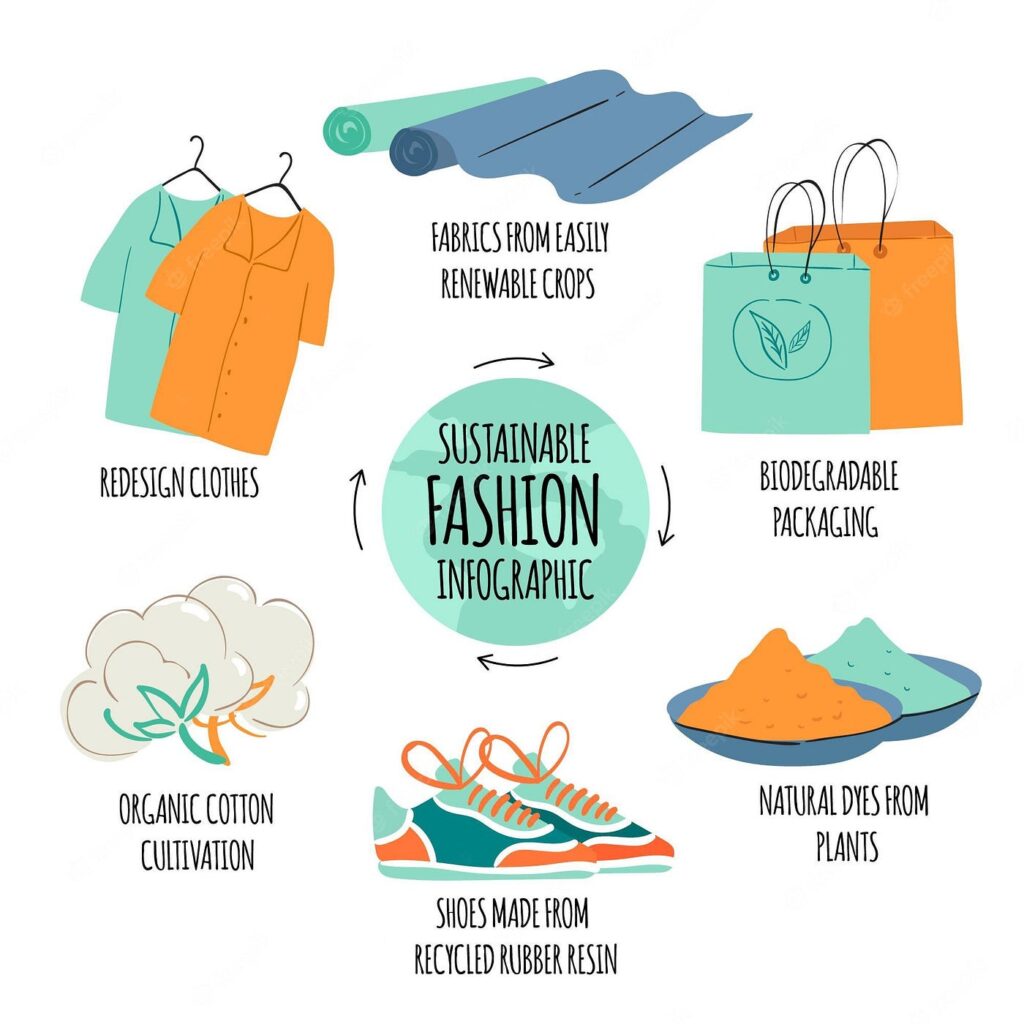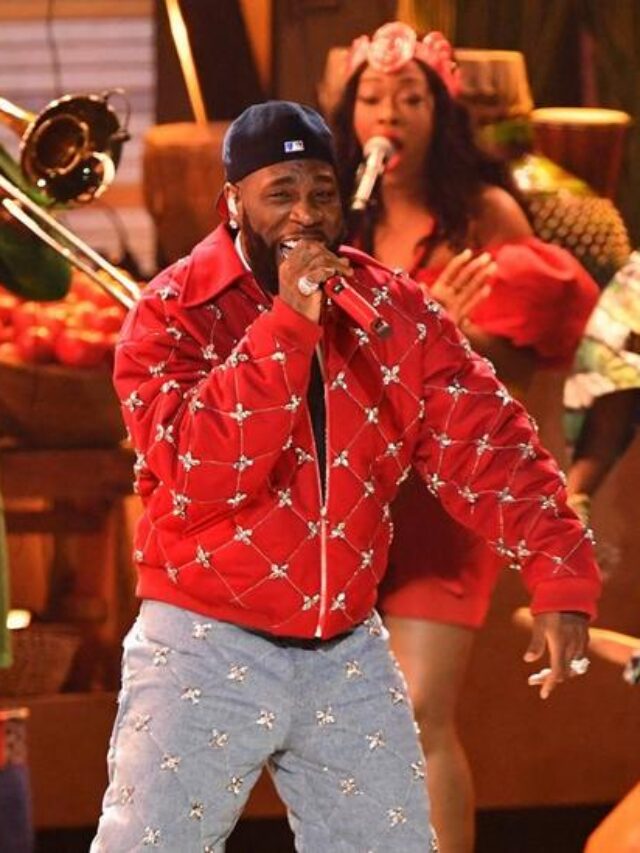
Introduction:
In recent years, the fashion industry has undergone a transformative shift towards sustainability as consumers become increasingly aware of the environmental and social impact of their clothing choices. Sustainable fashion has emerged as a response to the detrimental effects of fast fashion, which often leads to overconsumption, pollution, and unethical labor practices. This article explores the concept of sustainable fashion, its significance, and the steps individuals and the industry can take to foster a more sustainable and ethical approach to clothing.
Understanding Sustainable Fashion:
Sustainable fashion is a holistic approach to clothing production and consumption that considers the environmental, social, and economic aspects of the entire supply chain. It aims to minimize the negative impact of the fashion industry on the planet and its inhabitants. Key elements of sustainable fashion include ethical sourcing of materials, fair labor practices, waste reduction, and a commitment to longevity in garment design.

Key Principles of Sustainable Fashion:
1. Ethical Sourcing and Fair Labor Practices:
Sustainable fashion prioritizes the use of materials that are ethically sourced, meaning they are produced without exploiting workers or causing harm to local communities. Fair labor practices ensure that workers throughout the supply chain are treated fairly, paid a living wage, and provided with safe working conditions.
2. Environmentally Friendly Materials:
Choosing eco-friendly materials is crucial for sustainable fashion. This includes using organic cotton, hemp, bamboo, and recycled fabrics to reduce the environmental impact of textile production. Additionally, innovative materials like Piñatex (made from pineapple fibers) and Tencel (made from wood pulp) are gaining popularity for their sustainability.
3. Waste Reduction and Circular Fashion:
The fashion industry is notorious for generating significant waste. Sustainable fashion seeks to minimize this by promoting circular fashion practices. This includes designing durable and timeless pieces, encouraging repair and upcycling, and embracing recycling to create a closed-loop system.
4. Local and Artisanal Production:
Supporting local artisans and manufacturers not only reduces the carbon footprint associated with transportation but also promotes traditional craftsmanship. Local production fosters a stronger connection between consumers and the origins of their clothing, encouraging a more conscious approach to consumption.

Consumer Empowerment:
Consumers play a vital role in driving the shift towards sustainable fashion. By making informed choices and supporting brands that align with their values, individuals can contribute to a more sustainable industry. Here are some ways consumers can embrace sustainable fashion:
- Educate Yourself: Stay informed about sustainable fashion practices, materials, and brands. Understand the impact of your clothing choices and make conscious decisions based on that knowledge.
- Prioritize Quality Over Quantity: Opt for high-quality, timeless pieces that are durable and versatile. This reduces the need for frequent replacements and contributes to a more sustainable wardrobe.
- Second-Hand and Vintage Shopping: Embrace the beauty of pre-loved clothing by exploring second-hand and vintage stores. This not only reduces the demand for new production but also gives unique and characterful pieces a second life.
- Support Sustainable Brands: Choose to support brands that prioritize sustainability and ethical practices. Look for certifications such as Fair Trade, Global Organic Textile Standard (GOTS), and others that reflect a commitment to responsible production.
Conclusion:
Sustainable fashion is more than just a trend; it is a necessary evolution in response to the environmental and social challenges posed by the traditional fashion industry. By embracing sustainable practices, the fashion industry has the potential to become a positive force for change. Consumers, in turn, hold the power to shape the future of fashion by making conscious choices and supporting brands that prioritize sustainability. Together, we can create a fashion industry that not only adorns individuals but also contributes to a healthier planet and a more equitable society.









